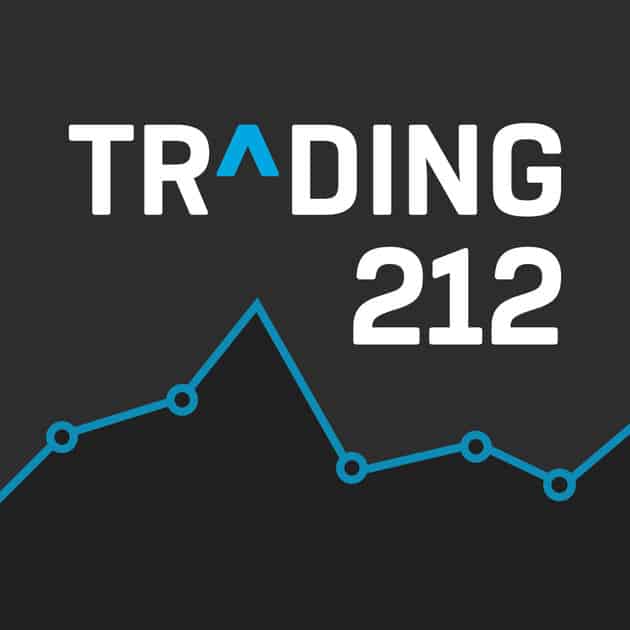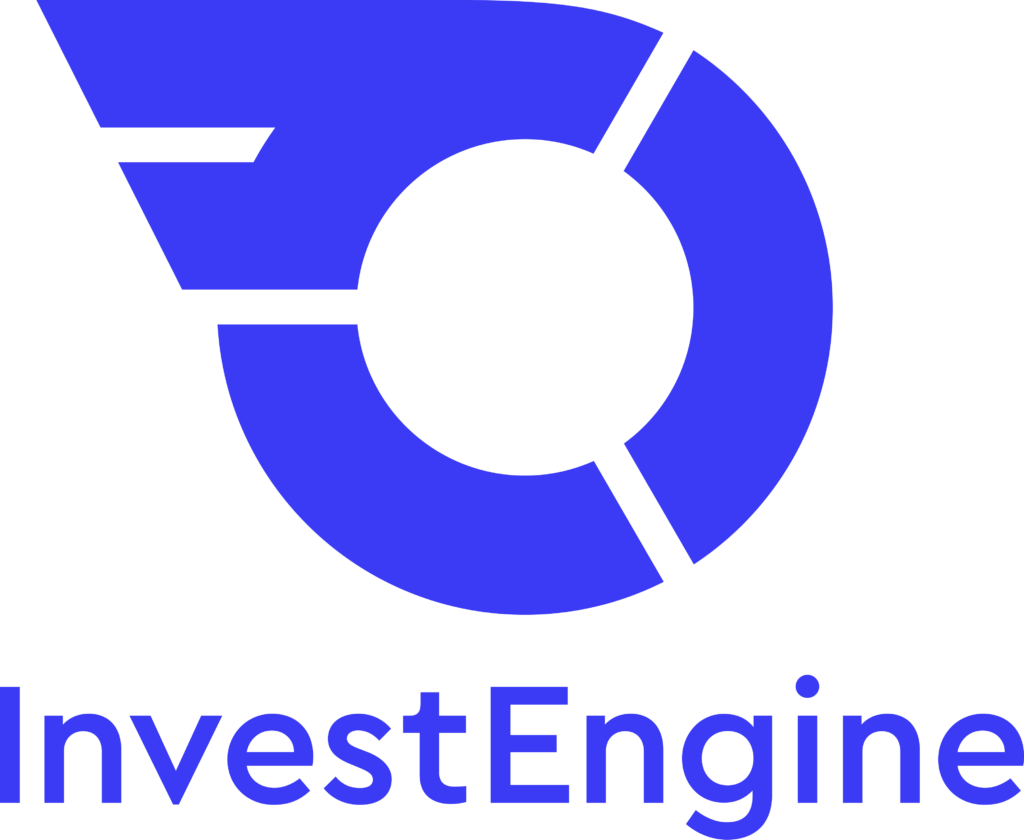The debt snowball method is a popular debt repayment strategy that focuses on paying off your smallest debt first, regardless of the interest rate. The idea behind the snowball effect is that by eliminating smaller debts quickly, you can gain momentum and motivation to tackle larger debts. As you pay off each debt, the money you were using for that debt is then rolled into paying off the next smallest debt, which is why it’s called the snowball method.
Here is a step-by-step guide to how it works:
The first step in the snowball method is to list all your debts, including credit card balances, loans, and any other outstanding obligations. For each debt, note the following:
You will now have a comprehensive view of your debts, which you can rank from the smallest to the largest based on the amount owed, not the interest rate.
For all debts except the smallest, keep paying the required minimum monthly payment so as not to incur extra charges. This ensures you avoid late fees and keep your accounts in good standing while you focus on the smallest debt.
Allocate any extra money you can afford towards paying off the smallest debt. By focusing all your extra funds here, you’ll pay off the smallest debt faster.
Once you’ve paid off the smallest debt, the next step is to take the money you were putting towards that debt and roll it into the next smallest debt. This creates a “snowball” effect, where you’re now tackling the next debt with more money each month, helping you pay it off faster.
As each debt is paid off, you continue to move down the list, using the freed-up funds from each debt to tackle the next one. As a result, the amount you’re paying towards your larger debts increases with each repayment, accelerating your progress. By the time you reach your largest debt, you’re applying a significant amount of money towards it.
Now let’s apply some real numbers as an example. Let’s say you have the following debt:
For example, if you had £100 extra a month, you would add this to your payment. In this case, you would pay £125 towards Credit Card A each month, and it would take you 4 months to pay off Credit Card A.
Once Credit Card A is paid off, take the £125 you were paying towards it and add it to the minimum payment of Credit Card B, which is £60. Now, you’re paying £185 towards Credit Card B each month. As you pay off Credit Card B, you will free up even more money for the next debt.
Once Credit Card B is paid off, take the £185 and roll it into the next debt, which is the Personal Loan. You now have £305 to put towards the loan, making the process faster.
One of the key advantages of the snowball method is the psychological motivation it provides. Paying off a debt, no matter how small, gives a sense of accomplishment. Each time you eliminate a debt, it feels like a victory, which can boost your morale and encourage you to keep going. As you pay off smaller debts, you start to see tangible progress. This momentum makes it easier to continue tackling larger debts. You’re not just making minimum payments; you’re actively reducing the number of debts, which can be a big confidence boost.
The snowball method is also simple and easy to follow. You don’t need to worry about complex calculations regarding interest rates or repayment schedules. It’s straightforward: pay off the smallest debt first, then move on to the next. By consistently making payments and reducing your debts, you’ll develop better financial habits. Over time, you’ll become more disciplined with your spending and savings, and you’ll have a clearer understanding of how to manage your money effectively.
While the snowball method is effective for building momentum, it may not be the most cost-effective method if you have debts with high interest rates. By focusing on paying off the smallest debt first, you could be paying more interest over time than if you used the Debt Avalanche Method, which focuses on the highest interest debt first. This can result in you spending more in interest on your larger debts if they carry higher rates.
In addition, since you’re focusing on the smaller debts first, it may take longer to pay off your larger debts, which can sometimes feel discouraging. However, as you eliminate debts, you can allocate more money towards the larger debts, thereby accelerating the process.
The debt snowball method is a powerful tool for those who need a structured way to pay down debt. By focusing on paying off the smallest debt first, you can build momentum, stay motivated, and experience a sense of achievement that will carry you through to eliminating larger debts. While it may not always be the most financially optimal approach, it’s an excellent method for those who struggle with motivation or need to see progress to stay on track. The key is to stay committed, track your progress, and keep moving forward, one small victory at a time.

Get a FREE fractional share with Trading212
Use promo code: MITM (works within the first 10 days of signing up)
Fractional share worth up to £100. Capital at risk. Terms apply

Get a Welcome Bonus of up to £50 when you invest at least £100 with InvestEngine

Consolidate your Pensions with PensionBee
Keep your pensions all in one place with this simple to use Pension service.
Manage your money better with MoneyMonitor
I personally built this website to allow me to bin my spreadsheets in favour of something a little easier to use. It’s completely free of charge.